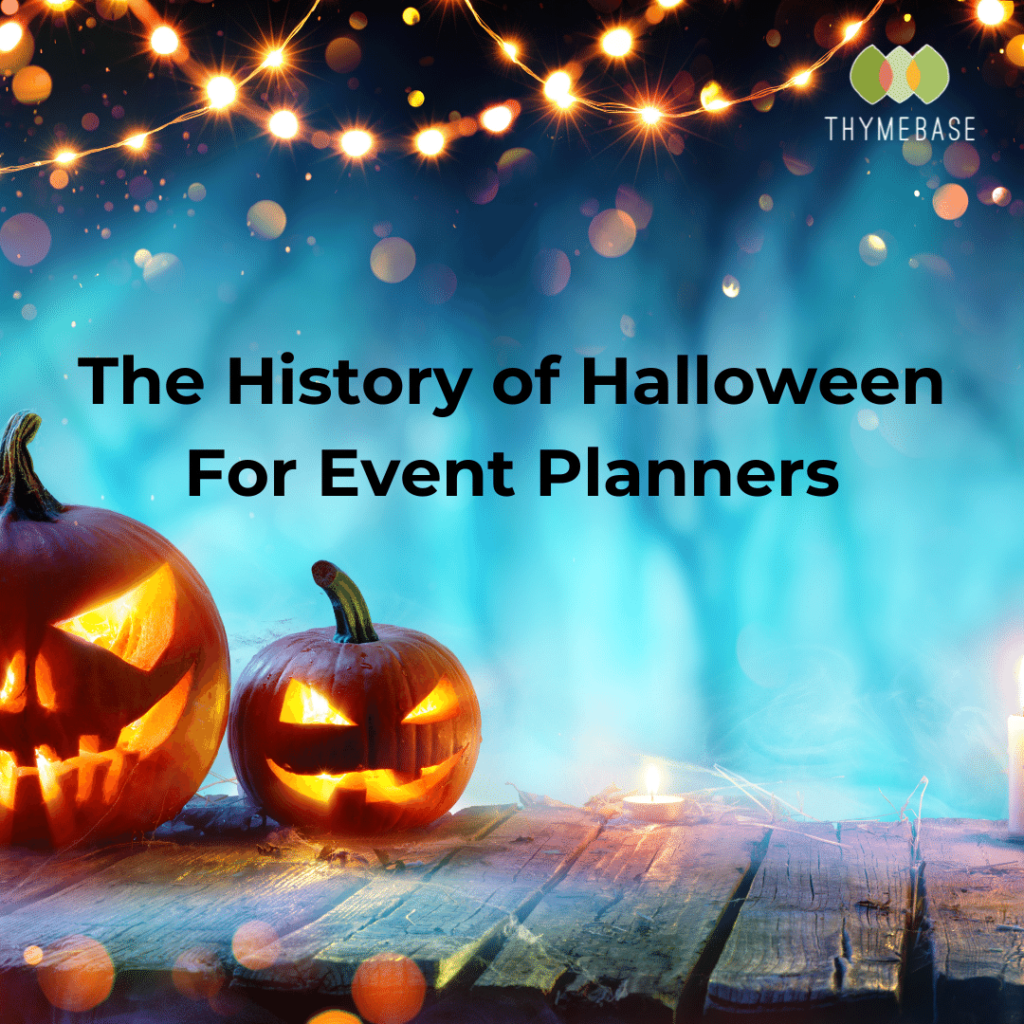On the 31st of October, the world will dress up and venture outside to collect candy and show off their costumes. As one of the biggest events worldwide, it seems only natural for us to look at where it all started and how it came to be what it is today.
Event planners include authenticity in the event design process. Understanding Halloween’s seasonal and spiritual foundations will open up a world of authentic decor and unique ideas. And it’s interesting.
This year’s Halloween is estimated to be bigger than ever, as people try to go back to how it was before the dreaded 2020 pandemic hit. The estimate for the monetary value of this year’s Halloween is truly impressive, with about $3.32B spent on costumes, $3.00B spent on candy, and $ 3.17B spent on decorations…and this is only in the USA.
Considering the money and excitement that goes into this worldwide event, it’s obviously a much-loved time of year. But what was the original celebration? Where did it start, and what was it like before candy and costumes became the primary celebration mode? That is what we are here to dive into today.
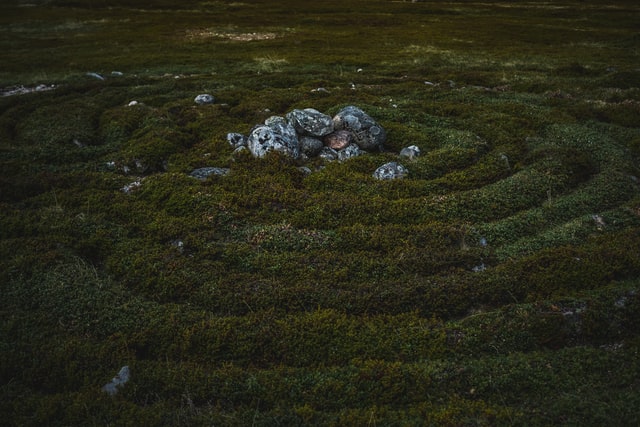
Related: Other Holidays To Celebrate Besides Christmas This Festive Season
The Origins Of Halloween
All sources seem to agree that Halloween originated in Ireland, Scotland, and the Isle of Man during the pre-Christian period. It seems to have developed out of the holiday Samhain, the beginning of the new year in Celtic cultures. In Celtic mythology, it was believed that on this evening at the end of autumn, the veil between the worlds (this world and the Otherworld) is thinned. Making it easier for spirits and the souls of the dead to pass through from their world into ours. On this evening, the Ancient Celts gathered around a communal bonfire to celebrate the gathering of the harvest and presented offerings to the fairies and other mythical creatures to appease them.
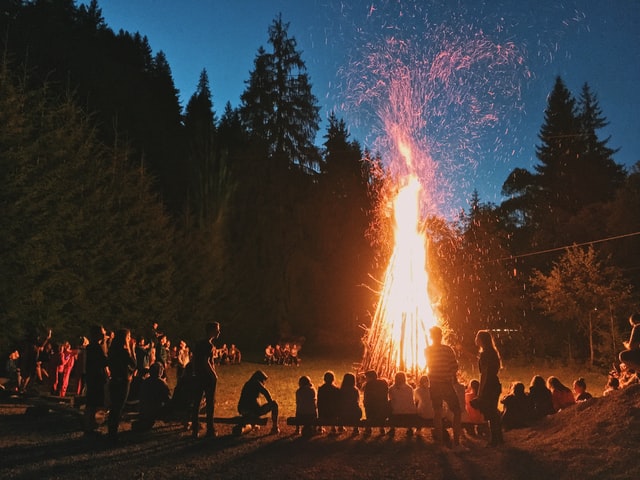
When Christianity gained a foothold, the festival moved to the Christian feast and celebrations of All Saints’ Day on the 1st of November. The festival did not go away. It just got a new name as people still practiced it, but without the pagan connotations. The fact that Halloween takes place before All Saints’ day is where it got its name from. When looking at the explanation found on Online Etymology Dictionary, Halloween is a combination of multiple words. The meaning boils down to “the night before All Saints’ Day.” This comes from hallow, meaning holy, and even which means the end of the day or eve.
Halloween In The USA
The celebration of Halloween in the United States only started in the 19th century when large numbers of Irish nationals immigrated to the States and took their customs with them to their new home. The celebration of the festival was at first only seen as a party but later grew into what it is today. At first, witchy practices were the order of the day, as many Americans saw it as a normal part of the celebrations. As time passed, it was Americanized, and the festival turned into a private affair with games, costumes, and food.
Where Trick Or Treating Came From
You may now be wondering where the trick-or-treating tradition came into the picture. Back when it was still Samhain, the Ancient Celts dressed up as animals and evil spirits because it was believed that the disguises would confuse malicious demons. The treat part came from the medieval English tradition of soulers walking around and gathering soul cakes from the rich in return for a prayer for the soul of the giver. When Irish and Scottish nationals immigrated to America, they took the souling tradition with them. This fell away by the 1920s and became trick-or-treating. Though trick or treating was frowned upon by adults until the 1950s. They called the youngsters Gangsters and Pranksters.
The Origins Of Other Halloween Traditions
Black Cats
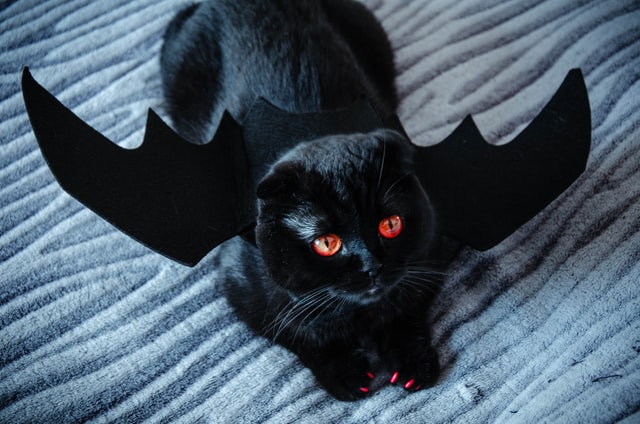
Finally, we need to address a few of the other traditions that take place during this holiday. Firstly, the black cats. Unfortunately, black cats got a bad rep from their association with witches in the Middle Ages. Many believed that they were the familiars of witches. The distrust and hatred they have received since has largely to do with the early Puritan settlers in America. And their rejection of all things witch and Devil associated.
Pumpkins And Stingy Jack
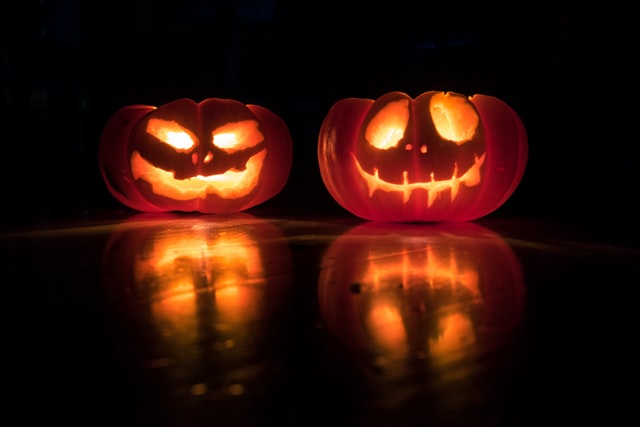
The pumpkins are another point that needs to be addressed. It all started in Ireland once more where, instead of pumpkins, large turnips and potatoes were decorated. The name for these decorated roots came from the folktale about a man named Stingy Jack who invited the Devil to have a drink with him. The Devil promised not to claim his soul, and Heaven didn’t want him, so he was left to roam the Earth with nothing but a lump of burning coal to light his way. He placed it in a carved-out turnip and has been walking the Earth ever since. The people of Ireland and Scotland made their own versions of his lamp and put them in their windows to ward him and other spirits off. When they immigrated and brought this tradition to America, the land of the pumpkin. The custom changed over time to look more like it does today.
Changing Traditions
Halloween is a holiday and festival that has been celebrated for centuries by many nations. It is a historically rich day, with many small customs hidden away amongst the cracks of time.
So What Does This All Mean For Event Planners?
Understanding the Pagan origins, the spread of the celebration, and the cultures that celebrated Halloween throughout the centuries, allows event planners to dig into more traditional designs. When tasked with planning a Halloween event, depending, of course, on your client, you can look to ancient Celtic designs and even foods to create a profoundly memorable event. And there’s a sense of satisfaction when you know the event pays homage to the cultural beliefs and the people who founded the celebration.
ThymeBase’s event planning software keeps everything on the same page without cluttering your inbox when planning Halloween events and other seasonal celebrations.

